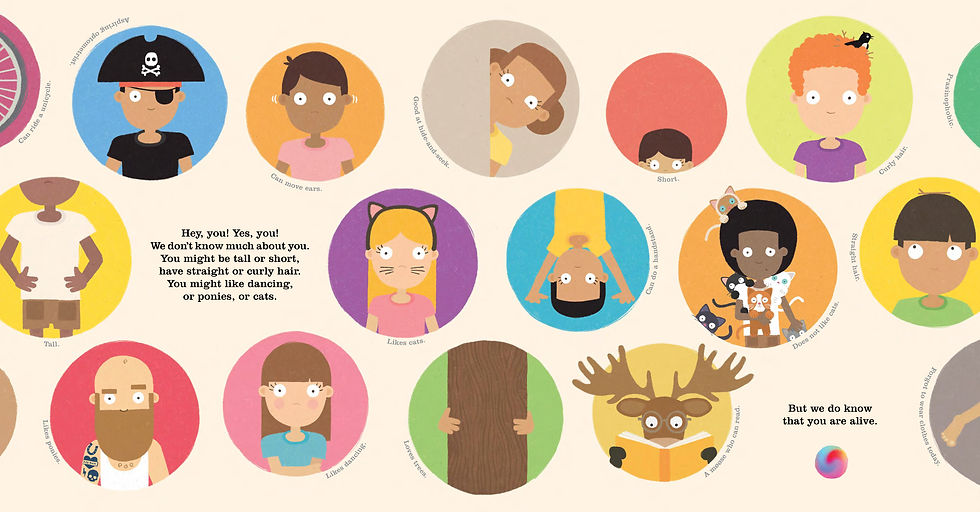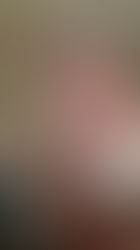We Go Way Back
- armadilloeditor
- Nov 30, 2021
- 4 min read
So much time going into making a thing that most people won’t even know exists (or, if they do come across it, might not particularly care for). So many words crossed out. So many promising ideas that fizzled out somewhere along the line. So many talented people constantly putting out wonderful new books. So many talented people wanting to make wonderful new books but not managing to because there’s just not enough room for everyone. So little space on the shelves. If you’re lucky enough to get to that level, so many emails with publishers, editors, illustrators, agents. So little money in it. So much rejection. So much stuff on Netflix I could be watching instead of doing this.
And yet, of course, here I am, doing everything in my power to get another children’s science picture book out into the world. When I ask myself why I bother, here is my reply:
Nowadays we tend to equate science with facts. And, admittedly, that’s where the word comes from: scientia, knowledge. But science, in the modern sense of the term, is really something a little more nuanced. It’s a way of thinking. A method for discovering things about our world. And, once in a while, this method produces an idea that can shift a worldview. When I find such a gem, I feel the urge to share it. My goal is no less than this: that a child will look up from the book they’ve just finished reading and see the world in a different light. I’m not saying that happens every time, or indeed at all, but I like to aim high.

Why picture books, though? I could write books for grownups (I have, two of them and I think they’re good. I might write more). I could write science-themed songs (best if I didn’t), or, I don’t know, interpretive dance or art installations. But I like picture books because the format has strict limits. You have 32 pages in total, no jargon allowed, and the story has to fit the time allotted to a bedtime story by a tired parent. We picture book writers are therefore story optimisers, always looking for a more economical way of getting the message through. My most recent book, We Go Way Back, poses two questions – what is life? and how did it start? – and attempts to answer them, all in about four hundred words (which is the about length of this blog post up to here). I’ll be the first to admit that the book does not hold the definitive answers to these questions, but it does have an advantage over most of the other works on the topic in that it is a) much shorter and b) features significantly prettier pictures and many more pirate references*.

That’s the thing, you see. You take an insane amount of trouble to boil down a story – in my case, a story originating in the natural world – into its most essential elements, tell as much of it as possible through images, and keep it simple enough for a child to understand, while remaining faithful to the truth. Apparently I enjoy that challenge.
A note concerning fun: I sometimes get asked about ‘making science fun for children’. A fair question, but it implies that ‘fun’ is something that needs to be grafted into a science story, or at least sprinkled on it to make it more palatable. I posit that fun is inherent in the material. Reality is, when you scratch the surface a little bit, profoundly weird. Bits of nature can be very small or very large, hot, cold, gross, oddly shaped, stinky, slimy, radioactive, flat, absurd, loud, yummy, buried under millions of tons of rock, vicious, expensive, infinite, stupid, dead; can suddenly explode, catch fire or splatter. That’s a broad palette to paint with. With all due respect to the breadth of human imagination, it is regularly outflanked by the bizarreness found in the natural world. I just leave all that stuff in.
* It started when the book’s illustrator, Philip Bunting, drew an eyepatch on one face and we both got a little carried away with the theme. We ended up having pirate molecules, pirate mushrooms, even a tiny pirate planet on the end page spread.
Idan Ben-Barak

We Go Way Back, by Idan-Ben-Barak and illustrated by Philip Bunting
Publication date: Autumn 2021, Allen & Unwin Children’s Books, Age 6-10, £10.99
What is Life? How did it start? Why did it begin?
Long, long ago, no one knows exactly where or when, a tiny bubble formed that was a Little Bit Different. It was the first living cell. Everyone's ancestor and every living thing is linked with it! And so the story of life begins …
An entertaining and scientific exploration of the origin of life on Earth, from the award-winning author of Do Not Lick This Book and the bestselling illustrator of Who Am I?
In this visually stunning, humorous, brilliantly devised picture book, Idan Ben-Barak and Philip Bunting lead us through the origin of life on our planet, and how an odd little bubble gave rise to the incredible web of life on Earth. Factually correct with entertaining images exploring the origin of life, evolution, physics science and education.

.jpg)


































Comments